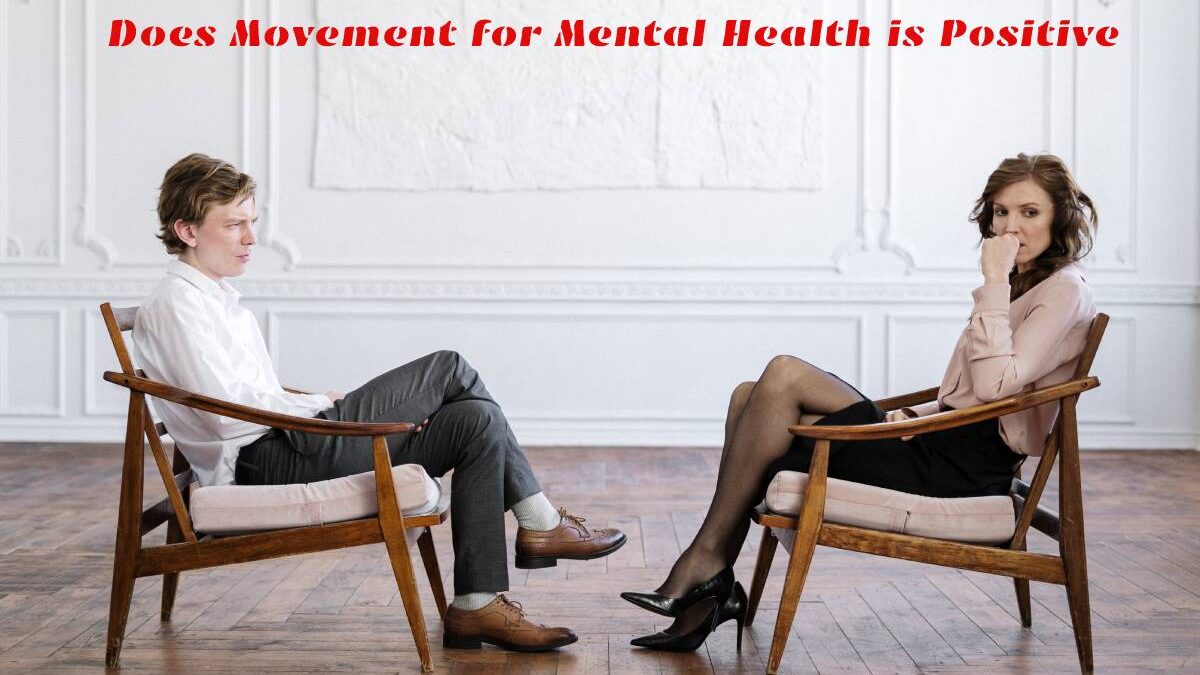We have drastically increased our sedentary behavior over the last few generations.
Most of us have desk jobs that keep us seated all day, machines do the heavy lifting, and phones and other technology allow us to do practically anything without moving.
It has distanced us from our bodies to the point where we frequently only pay attention to them when something is wrong. Movement for Mental Health positively affects the brain and body.
The Earnings of Movement for Mental Health
The undertaking has several advantages of Movement for Mental Health, and we’re not discussing exercise. Although we all know in our heads that practice is good for us, it can feel like a chore to fit it into our busy schedules, and we aren’t always in an environment that encourages it. In reality, we always have the opportunity to exercise our bodies, regardless of our occupation or manner of life.
When we move our bodies, energy flows through them, our physical systems are active, which helps us operate better, and our brain produces a variety of feel-good hormones and transmitters.
The first pro is better circulation.
Movement nourishes the body and brain in the same way as food does!
Improved circulation is just one of the many advantages of Movement for Mental Health, which, in terms of the body, translates to better digestion and, consequently, better transportation of food and vital nutrients through our gut. It results in improved weight management and better waste elimination from the body and the brain, which keeps our stress levels under control.
A particular protein known as BDNF (brain-derived neurotropic factor), which in addition to protecting already-existing brain cells, also encourages the growth of new, healthier brain cells, leading to more excellent brain function, is also released in response to Movement for Mental Health.
The second pro is a faster metabolism.
The Movement impacts our metabolism, which controls things like blood sugar, blood pressure, and the breakdown of body fat. Studies have connected too much sitting to both type 2 diabetes and obesity, and they have also shown that being “active” for 60 minutes a day can counteract the harmful effects of too much sitting. There are many different types of “exercise” that, when added together, total 60 minutes, so it’s not only about going to the gym.
The third pro is enhanced clarity.
Movement for Mental Health improves memory and focuses as well as mental clarity. You already know this if you’ve ever taken a walk to “clear your head.” As our bodies move, so does our brain, encouraging the BDNF creation that, as we now know, supports cognitive function. One study found that, in particular, walking improved creative ideas both immediately after and in the moment.
The fourth pro is a raised mood.
The Movement favors our mood, and numerous studies have revealed that regular exercisers report less anxiety and depressive symptoms. Again, this is related to the release of the feel-good chemical serotonin and endorphins, but it’s also related to the stress hormone cortisol, released as we move around. Naturally, we are more likely to feel motivated to accomplish things that require activity when feeling well.
The fifth pro is increased toughness.
As a result of the four advantages listed above, activity ultimately strengthens our resistance. Additionally, it can help distract us from our anxieties and foster a sense of well-being. Maintaining our physical and emotional capacities makes it possible for us to “handle” more daily.
To summarize
We should include Movement for Mental Health in our daily lives since doing so has many advantages. Our bodies need Movement to produce energy, maintain organ health, improve circulation, and maintain sugar levels. It improves our sleep, lifts our spirits, and makes us more resilient to stress. It motivates our social interactions, and many studies indicate that we gain even more advantages when we travel as a tribe.

